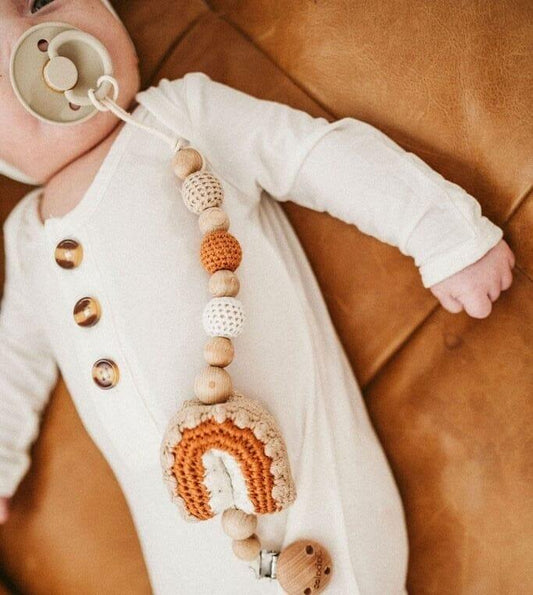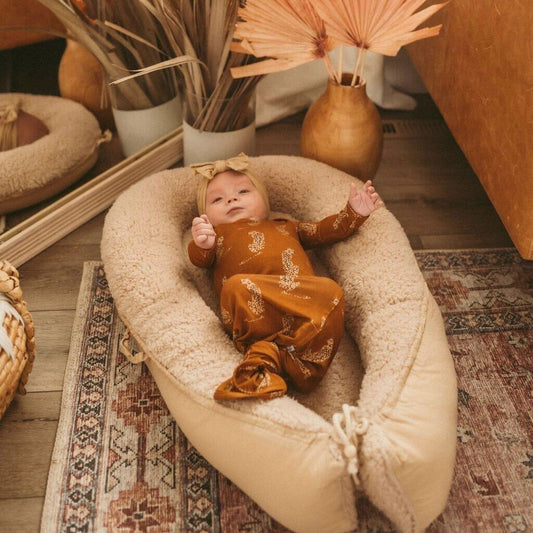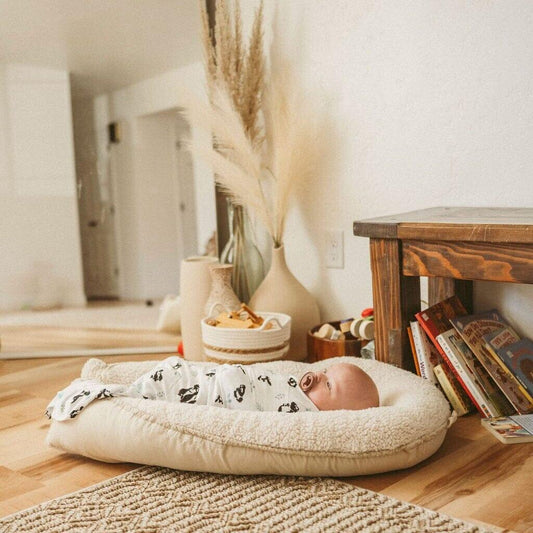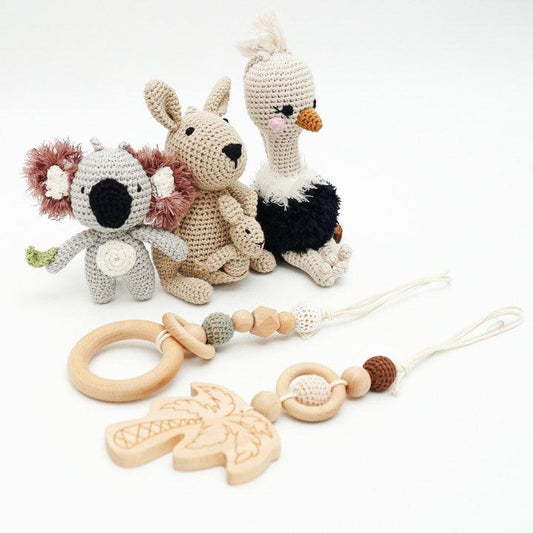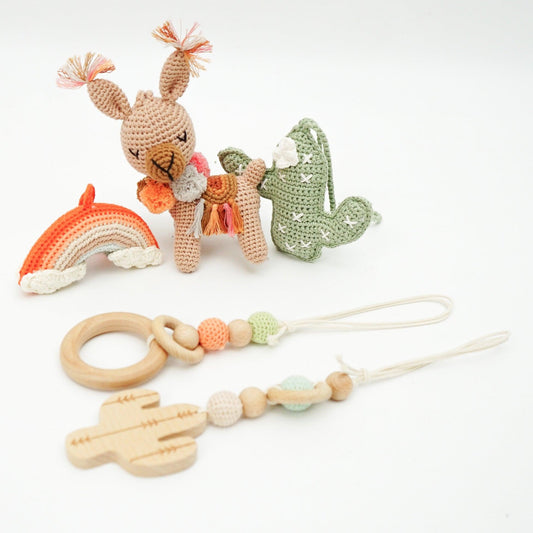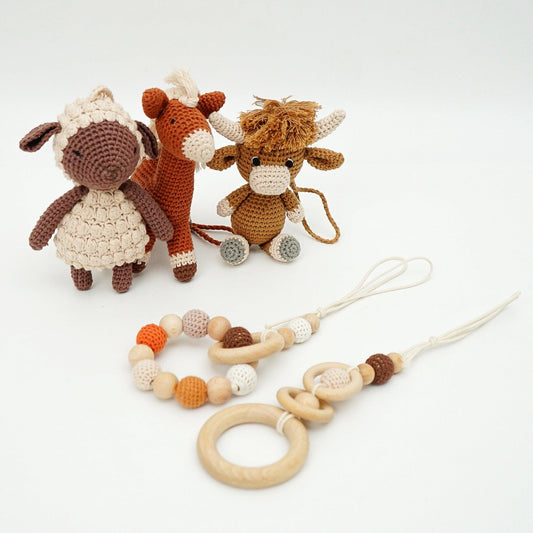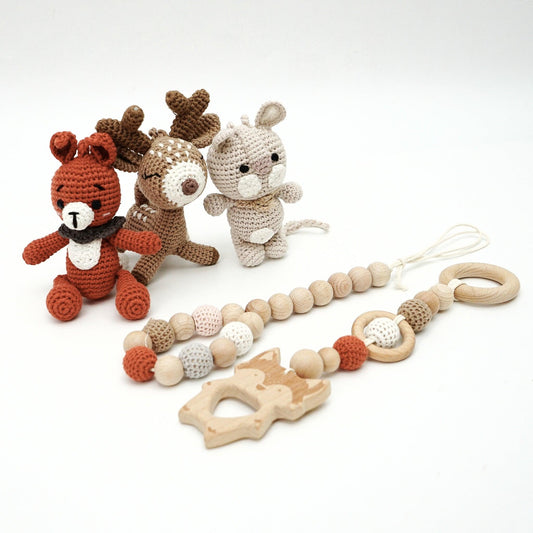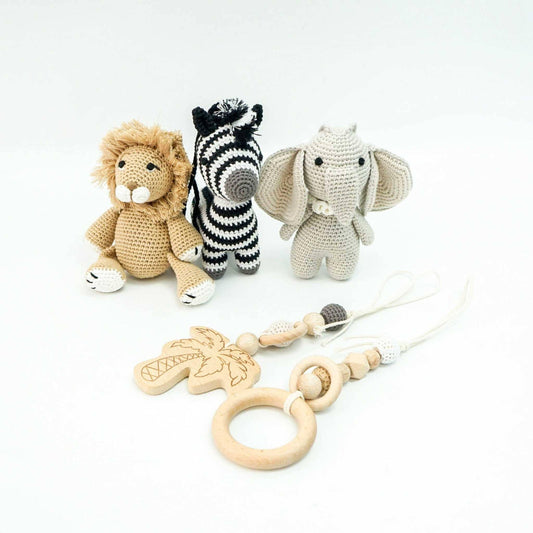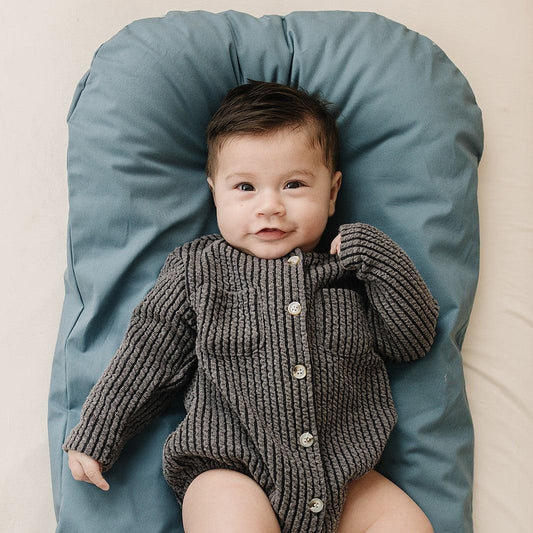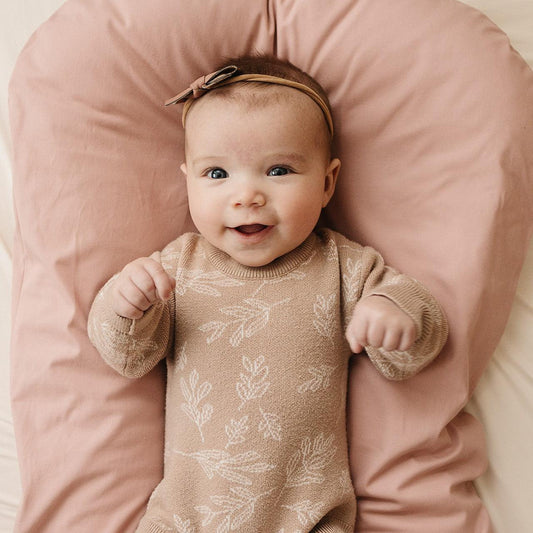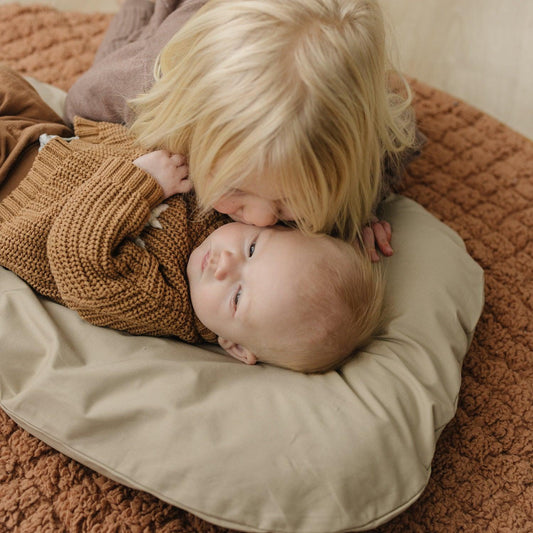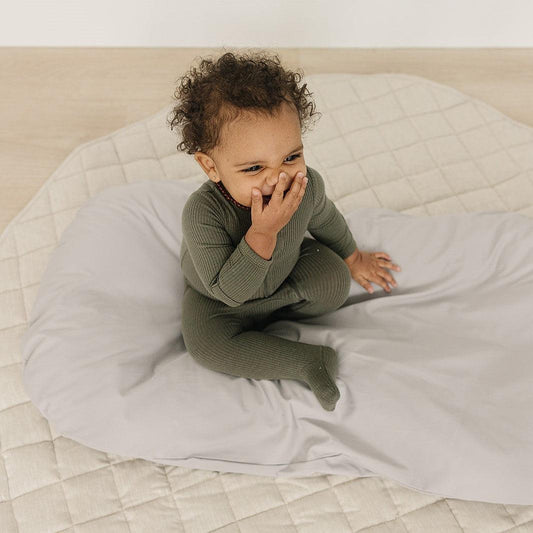-
-
-
-
-
-
._ ?
French Linen Baby Playmat - Cappuccino
Rated 5.0 out of 5$89.00$99.00$89.00Sale -
._ ?
French Linen Baby Playmat - Chestnut
$89.00$99.00$89.00Sale -
-
-
._ ?
French Linen Baby Playmat - Soft Rose
$89.00$99.00$89.00Sold out -
-
-
-
Handmade Crochet Reindeer Stroller Clip
$24.99$45.99$24.99Sold out -
._ ?
Handmade Crochet Toys for Baby Gym | Australian friends
Rated 4.7 out of 5$84.99 -
._ ?
Handmade Crochet Toys for Baby Gym | Boho Desert
Rated 4.7 out of 5$84.99 -
._ ?
Handmade Crochet Toys for Baby Gym | Farm House
Rated 4.7 out of 5$84.99 -
._ ?
Handmade Crochet Toys for Baby Gym | Forest Family
Rated 4.7 out of 5$84.99 -
._ ?
Handmade Crochet Toys for Baby Gym | Safari
Rated 4.7 out of 5$84.99 -
-
-
-
-
Toddler Development: Nurturing Growth from 6-24 Months
Welcome to Jabaloo's specialized Toddler Development collection, thoughtfully curated for babies and toddlers between 6 and 24 months. This dynamic period transforms your baby from a relatively stationary infant into an active, exploring toddler with rapidly developing physical abilities, communication skills, and independence. Our carefully selected products support this remarkable journey while keeping safety and developmental appropriateness at the forefront.
The Mobile Explorer: Supporting Physical Development
Between 6-24 months, your little one will likely master sitting, crawling, standing, walking, and even climbing. This physical revolution requires equipment that encourages movement while providing appropriate challenges and safety features.
Toddler Loungers: The Transitional Safe Space
As your baby grows beyond the newborn stage, their need for containment evolves into a desire for a comfortable but less restrictive resting spot. Our toddler lounger pillows are specifically designed for this transitional stage with:
- Wider, more accommodating dimensions for growing bodies
- Slightly lower side bumpers that still provide security without restriction
- Durable materials that withstand increased movement and activity
- Portable designs that can follow your increasingly mobile child throughout the home
The toddler lounger serves as a familiar "home base" during a period when your child is constantly venturing out to explore their expanding world.
First Climbing Experiences: Building Confidence and Coordination
Between 12-24 months, most children become interested in climbing as they test their physical capabilities. Our Montessori climbing equipment provides:
- Age-appropriate climbing challenges that build gross motor skills
- Solid construction with rounded edges for safety
- Natural materials that enhance the sensory experience of climbing
- Versatile designs that grow with your child's abilities
Options like our Montessori Climber introduce beginning climbers to concepts of height, balance, and spatial awareness in a controlled, safe environment.
Cognitive Development Through Purposeful Play
The toddler months are marked by cognitive leaps as children begin to understand cause and effect, develop memory, and engage in more complex play patterns.
Sensory-Rich Play Mats for Exploration
Our play mats provide the ideal foundation for floor-based play, which remains crucial during this developmental period. The Sherpa Cotton Play Mat offers:
- Generous sizing to accommodate increasingly mobile play
- Durable construction that withstands walking, crawling, and active movement
- Non-slip backing for safety as your child practices standing and walking
- Tactile textures that continue to provide sensory input for developing brains
These mats create a designated play space where your toddler can safely experiment with new physical skills while enjoying sensory-rich interactions with toys and caregivers.
Open-Ended Toys for Emerging Imagination
Between 12-24 months, children begin to engage in symbolic and imaginative play. Our Montessori-inspired toys support this development with:
- Simple, open-ended designs that encourage creative thinking
- Natural materials with interesting textures and properties
- Appropriately sized pieces for developing fine motor skills
- Versatile functions that grow with your child's cognitive abilities
Language Development and Social Interaction
The 6-24 month period typically brings exciting language milestones, from first words to simple sentences. Creating environments that encourage communication and social interaction supports this crucial development.
Comfortable Spaces for Reading Together
Reading to your toddler is one of the most powerful ways to encourage language development. Our toddler lounger pillows create the perfect spot for sharing books together:
- Comfortable support that encourages longer attention spans
- Space for both child and caregiver to sit comfortably
- A dedicated "reading spot" that becomes part of your daily routine
- Portable design that allows you to create reading nooks throughout your home
Activity Centers for Interactive Play
As social awareness grows, toddlers become increasingly interested in interactive play. Products like our Play Gyms transition from infant use to toddler play with:
- Hanging toys that can be switched out for age-appropriate challenges
- Sturdy construction that supports pulling up and cruising
- Conversion features that adapt as your child's play style matures
- Opportunities for caregivers to join in play, encouraging turn-taking and sharing
Creating Safe Exploration Zones for Toddlers
Toddlers are natural explorers driven by curiosity, but they still need thoughtfully designed environments that allow for safe discovery.
Movement-Friendly Play Areas
Our Montessori furniture pieces help you create zones in your home where your toddler can move freely while developing important skills:
- Low shelves that encourage independent toy selection
- Child-sized tables and chairs that support proper posture during activities
- Stepping stools that safely facilitate reaching and independence
- Climbing features that channel the natural urge to climb in safe directions
Rest Zones for Growing Toddlers
Despite their seemingly endless energy, toddlers still need regular rest periods. Our toddler lounger pillows provide the perfect spot for:
- Quick rest breaks during active play sessions
- Comfortable seating during quieter activities
- Supervised nap spaces when away from home
- Transition spaces before moving to a toddler bed
Adapting to Your Toddler's Unique Development Path
Every child develops at their own pace, which is why our Toddler Development collection offers flexibility to accommodate different timelines and interests.
Customizable Play Environments
Our play mats, climbers, and activity centers can be arranged in various configurations to create environments that:
- Challenge your toddler at their current developmental level
- Adapt as new skills emerge
- Focus on areas where additional practice might be beneficial
- Capitalize on your child's specific interests and strengths
By tailoring your toddler's environment using our versatile products, you can create the optimal conditions for growth, exploration, and joyful discovery during these formative months.
Explore our complete Toddler Development collection to find the perfect products to support your little one's journey from baby to confident toddler – a transformation that happens right before your eyes during these incredible months of growth.


